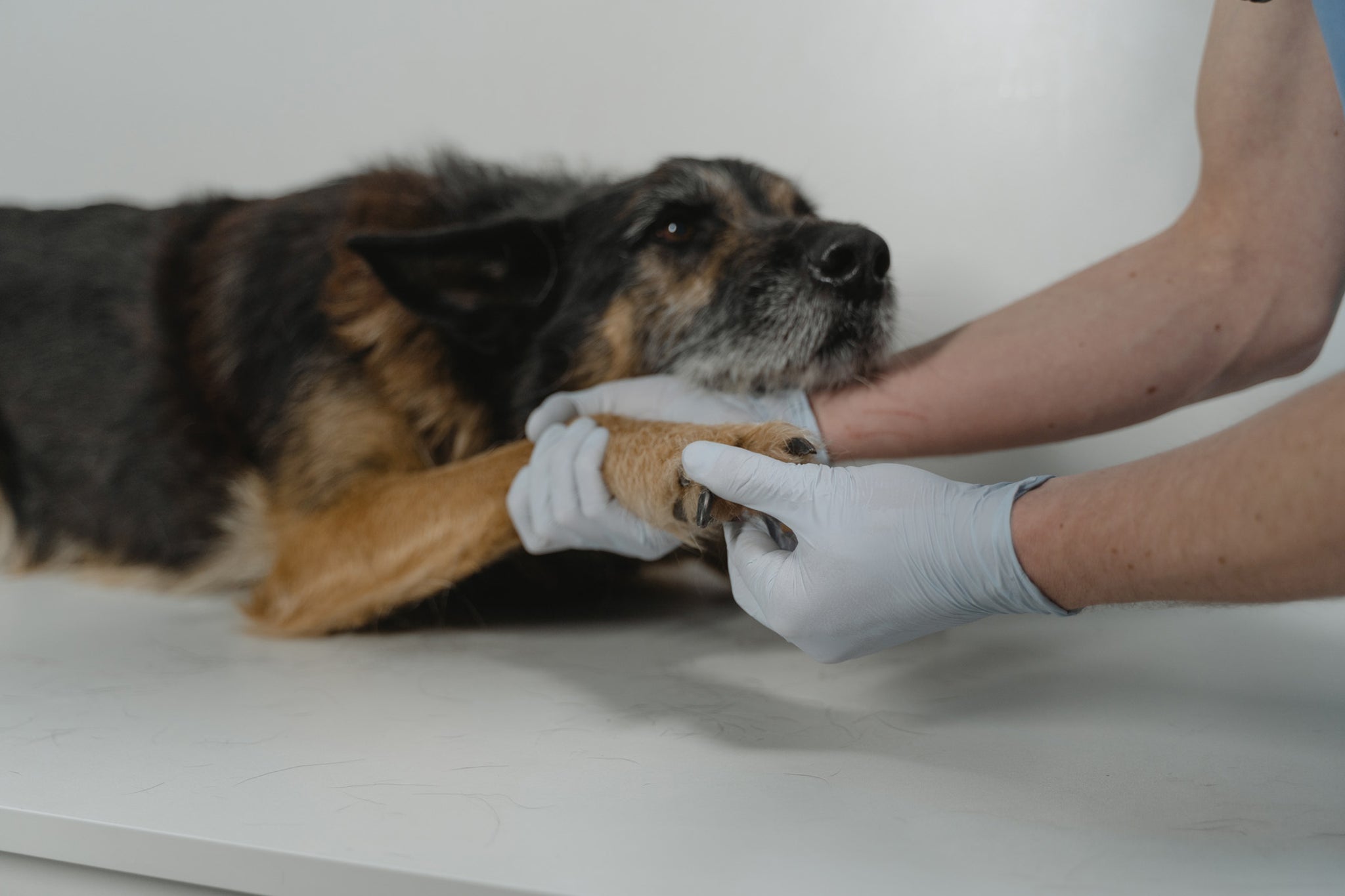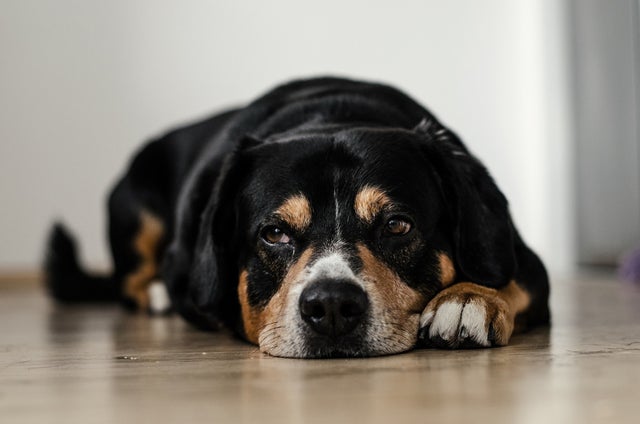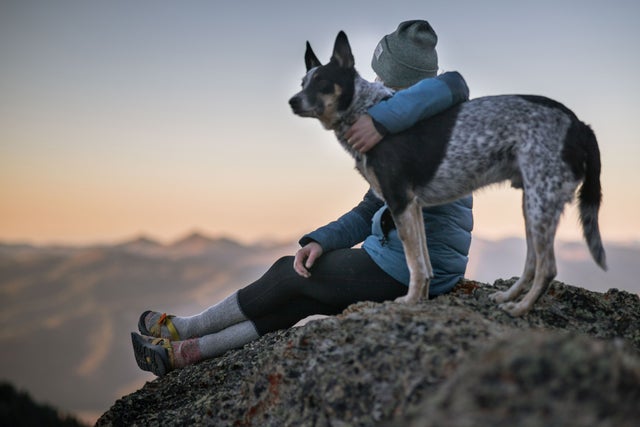There are all sorts of lumps and bumps you could find on your pet. If your dog has recently walked in or played around in a wooded area, the lump could be a tick. Other types of common lumps include cysts, abscesses, and tumors.
When it comes to new lumps and bumps on your dog, time is of the essence. If you spot a new lump on your dog, get it checked out by a veterinarian as soon as possible. Until you visit a veterinarian and get the requisite testing done, it is impossible to know what the lump is or if it needs to be treated.
My dog already has a few lumps and he’s been okay. Should I still bring him in?
Especially as dogs get older, it’s not uncommon to find lumps and bumps on their bodies. Though existing lumps may not be causing your dog any problems, it’s important that you take note of any new lumps on your dog, especially if his breed is predisposed to cancer.
In certain cases, malignant (cancerous) tumors can be mistaken for benign (non-cancerous) ones. Fibrosarcomas are tumors caused by an overgrowth of cells found in connective tissue. From the outside, a fibrosarcoma looks and feels similar to a lipoma, a benign collection of fat cells. Without proper testing, it would be impossible to distinguish between the two.
Stay vigilant
Performing monthly checks on your dog is the first line of defense against a potentially cancerous tumor. While lumps on the head and body are more easily visible, smaller lumps or lumps in hidden places can easily go unnoticed. During your monthly checks, make sure to look at “hidden” spots. These include the mouth, anal glands, testicles, and ears.
Even if your veterinarian has identified a lump as harmless, it is important to monitor changes to lumps on your dog. If an existing lump exhibits any of the following changes, you should have your veterinarian take another look:
- The lump is increasing in size.
- The lump is greater than two centimeters in diameter.
- The lump persists for longer than three months.
If a lump worries you or your dog is showing signs of pain, do not hesitate to go to the vet. When a lump is small, a doctor can more easily treat or remove a potentially malignant tumor. Ultimately, you are your pet’s best advocate. Being proactive in your pet’s health is important to them living a healthy and happy life.




